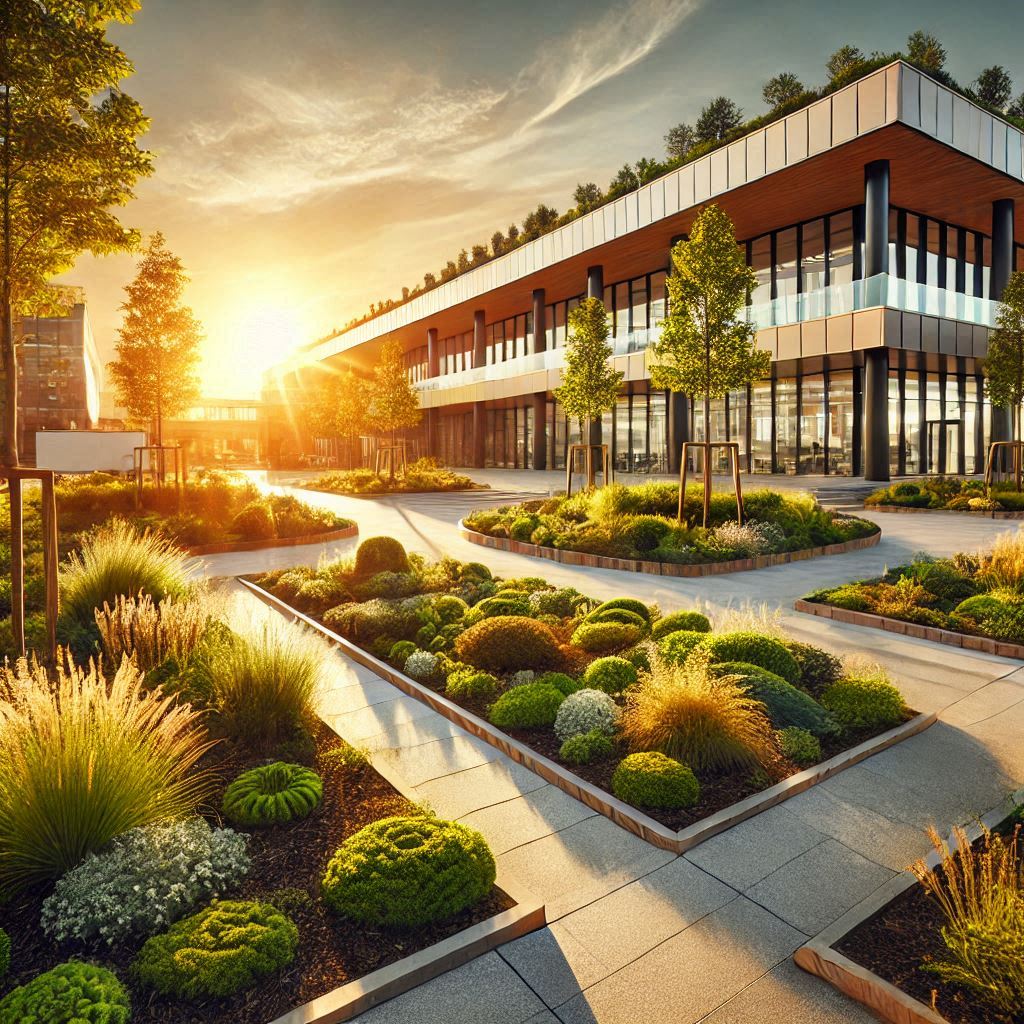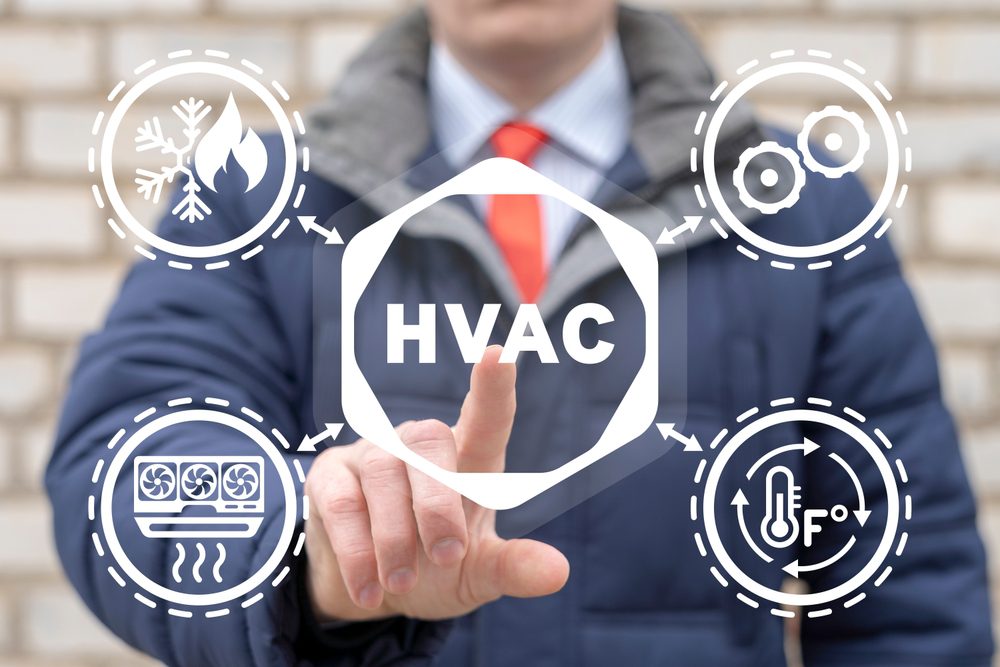I. Introduction
A. Brief Introduction to the Concept of Retro-Commissioning

Retro-commissioning represents a pivotal approach to building management, aimed at enhancing the operational efficiency of existing buildings. This process goes beyond simple maintenance; it involves a systematic evaluation of all building systems to identify opportunities for improvements and ensure optimal performance. The goal is to make the building perform interactively to meet the current operational needs while being as energy-efficient as possible.
B. Its Relationship to Extending the Lifespan of a Building
The relationship between retro-commissioning and the extension of a building’s lifespan is profound. By meticulously identifying and correcting inefficiencies, retro-commissioning not only enhances performance but also mitigates the rapid degradation of building components, consequently extending the physical and functional lifespan of the facility.
II. Understanding Retro-Commissioning
A. Detailed Explanation of What Retro-Commissioning Is
Retro-commissioning is an extensive process that assesses a building’s major systems—including HVAC, lighting, plumbing, and electrical systems—to verify whether they are performing cohesively and efficiently. The process can often reveal system inefficiencies that, when corrected, lead to significant improvements in energy consumption and user comfort. It involves testing and adjusting the mechanical, electrical, and control systems to improve the building envelope’s integrity and ensure optimal performance.
B. Differentiating Between Retro-Commissioning and Commissioning
Commissioning is a quality-oriented process for enhancing and verifying the performance of building systems and assemblies. New buildings undergo commissioning to ensure that all systems are designed, installed, tested, and capable of being operated and maintained according to the owner’s operational needs. In contrast, retro-commissioning is specific to existing buildings that have never been commissioned or where performance has degraded over time. [Learn more about the differences here].
C. Explanation of the Process Involved in Retro-Commissioning
Retro-commissioning involves several key steps: planning and pre-investigation, investigation phase, implementation phase, and hand-off. During planning, objectives are defined, and a baseline of existing conditions is established. The investigation phase involves identifying performance gaps and optimization opportunities. Implementation focuses on making necessary adjustments and repairs. Finally, during the hand-off, documentation is provided, and knowledge is transferred to the building staff to maintain optimized performance. [The Building Commissioning Association offers a detailed guide on this process].
III. The Importance of Retro-Commissioning in Building Maintenance
Effective building maintenance goes beyond fixing broken systems—it requires a proactive approach to identifying and resolving inefficiencies before they lead to major failures. Retro-commissioning supports this by providing a systematic method to improve performance and ensure systems are functioning as intended, which is crucial for extending the lifespan of the building’s infrastructure.
IV. Retro-Commissioning and its Impact on Building Lifespan
A. How Retro-Commissioning Extends the Lifespan of a Building
Regular retro-commissioning ensures that building systems do not operate under stress, which can lead to unexpected breakdowns and premature aging. By fine-tuning systems to operate optimally, retro-commissioning reduces the wear and tear on equipment, thus extending its lifespan.
B. The Science Behind the Impact of Retro-Commissioning on Building Longevity
From a scientific perspective, the efficiency of building systems directly impacts their longevity. Systems that operate efficiently experience less internal resistance and, consequently, less wear. This scientifically-backed approach is supported by numerous studies indicating that buildings with optimized systems report fewer operational issues over their lifespan.
C. Evidence and Data Supporting These Claims
Data from the U.S. Department of Energy illustrates buildings that undergo retro-commissioning experience on average 16% reduction in energy use, which correlates with less strain on building systems and extended operational life. [Read more about these studies here].
V. Benefits of Retro-Commissioning Beyond Building Lifespan
A. Overview of Energy Efficiency Improvements and Cost Savings
One of the primary benefits of retro-commissioning is the improvement in energy efficiency. Optimized systems use less energy, which not only leads to cost savings but also reduces the environmental impact of the building. These savings are significant, often recovering the cost of the retro-commissioning project within a few years.
B. Improved Indoor Air Quality and Overall Comfort
Retro-commissioning also significantly improves indoor air quality by ensuring that ventilation systems work efficiently. This leads to enhanced occupant comfort, which can improve productivity and satisfaction among building users.
C. Enhanced Reliability and Reduced Equipment Failures
System reliability is greatly enhanced through retro-commissioning. By regularly updating and maintaining building systems, unexpected failures are minimized, ensuring that the building operates smoothly without significant downtime for repairs.
VI. When and Why to Consider Retro-Commissioning
A. Ideal Situations for Considering Retro-Commissioning
Buildings that have high energy usage, have undergone significant renovations, or have systems that do not meet current needs are prime candidates for retro-commissioning. Additionally, buildings that experience frequent system failures may also benefit from this process.
B. The Economic and Practical Reasons for Retro-Commissioning Your Building
The economic benefits of retro-commissioning are clear: reduced operational costs and increased efficiencies lead to significant cost savings. Practically, it ensures that a building continues to meet the evolving needs of its occupants without requiring expensive overhauls or replacements.
VII. Steps to Undertake Retro-Commissioning
A. Overview of the Steps Involved in the Retro-Commissioning Process

The comprehensive steps of retro-commissioning, from initial assessment through implementation, ensure that every aspect of a building’s operation is optimized. This phased approach helps in meticulously improving each system’s performance.
B. Tips for Hiring the Right Professionals for Retro-Commissioning
It’s crucial to select professionals who are experienced and certified in retro-commissioning. Look for service providers with a track record of successful projects and robust testimonials. Associations like the Building Commissioning Association provide resources for finding qualified professionals. [Find certified professionals here].
VIII. Conclusion
This discussion underscores the critical role that retro-commissioning plays not only in extending the lifespan of a building but also in enhancing its operational efficiency and occupant satisfaction.
For building owners and facility managers, retro-commissioning should be considered an essential part of building maintenance strategy. It’s a proactive measure that ensures buildings are sustainable, cost-effective, and capable of meeting the demands of modern usage.
VertPro.com serves as a resourceful platform for property owners and managers seeking to enhance their buildings’ energy efficiency. The site offers a range of services, including Commercial Energy Audits, Benchmark Compliance consultancy, and a Construction Marketplace. At the heart of VertPro® is a suite of SaaS technology-based solutions designed to assist in navigating the complexities of Energy Benchmarking and Energy Audits/RCx Plus, while ensuring adherence to over 60 Energy Benchmarking and Energy Efficiency Laws across the country.
For those looking to improve their property’s energy usage and operational value, VertPro.com provides a diverse array of tools and information. The site aims to facilitate a better understanding of energy efficiency practices and legislation, helping building owners and property managers make informed decisions about their energy strategies while complying with all energy ordinances and laws.






